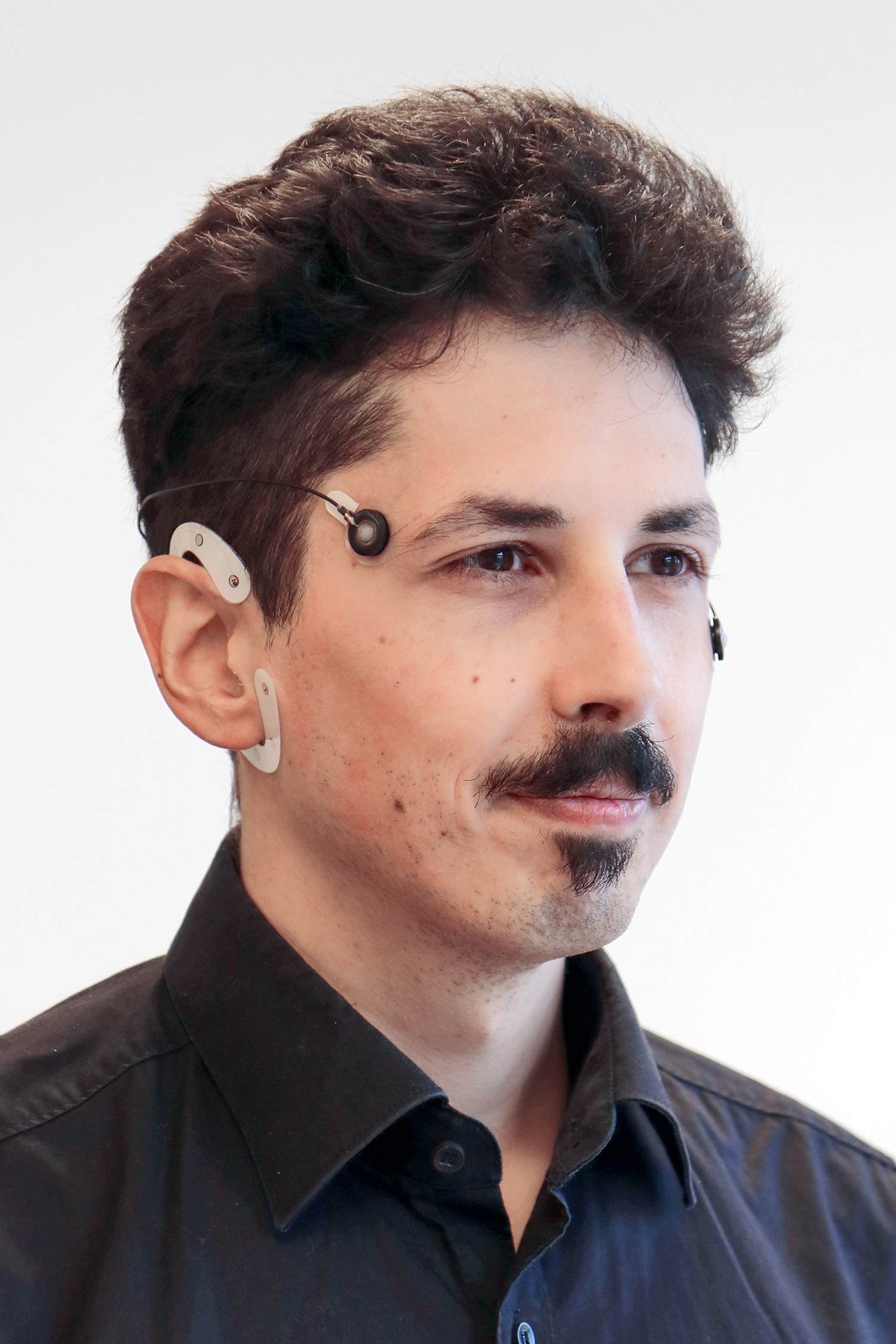The aim of the "SleepWell" project is to develop a multi-sensor system close to the ear that can be conveniently used by patients for sleep monitoring at home. In the process, the central sensor technology of polysomnography in the sleep laboratory is not dispensed with: electroencephalography, or EEG for short. This is used to measure brain activity with the help of electrodes on the scalp and thus draw conclusions about sleep phases.
Healthy sleep is divided into different sleep phases that runs in cycles. In sleep disorders, this rhythm is interrupted, and sleep is no longer restful. The direct consequences of sleep disorders are both limited performance and increased daytime sleepiness. In the long term, this can impair health. According to a 2017 study by the DAK, 80 percent of working people in Germany suffer from sleep problems. Since sleep disorders can be very diffuse, the barrier to seeing a doctor is much greater. A visit to the sleep lab often involves long waiting times and time-consuming data collection.
The intent of the project is therefore to collect high-quality data on sleep behavior in the home using sensors that can be attached by the patient, in order to give more people the opportunity to identify sleep problems in a low-profile way and also to be able to gain more insight into sleep through longer observation times - especially in connection with other diseases such as Alzheimer's or depression.
 Fraunhofer Institute for Digital Media Technology IDMT
Fraunhofer Institute for Digital Media Technology IDMT



